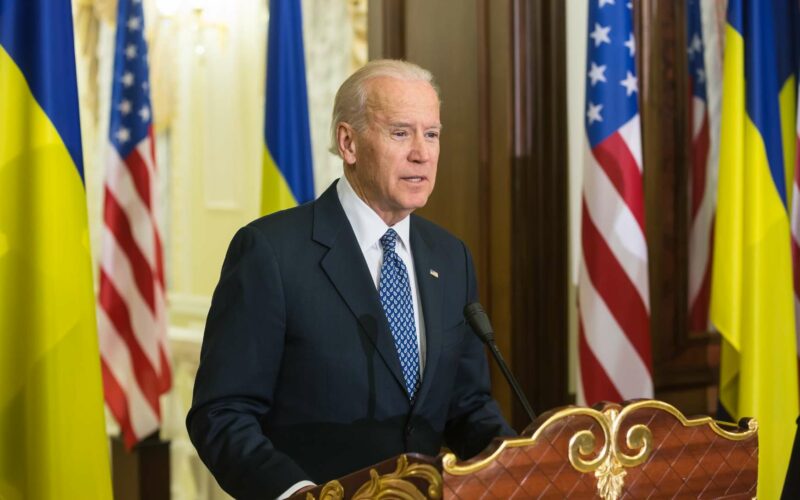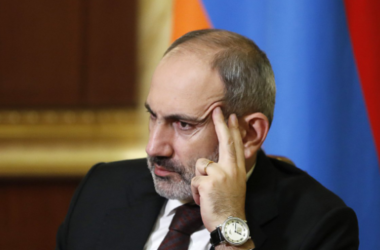Amidst significant deliberation and resources allocated to the $60 billion aid package for Ukraine, there are lingering doubts within some quarters of the Biden administration regarding its adequacy to ensure Ukraine’s victory in its ongoing conflict with Russia.
Recent assessments reveal shifting dynamics on the battlefield, partly attributed to Ukraine’s dwindling arsenal during the period of congressional discussions on additional aid. Despite efforts to maintain eastern territories, Ukraine encountered challenges while Russia made gains. Questions arise regarding Ukraine’s strategies and priorities, particularly following setbacks in its counteroffensive.
While the immediate objective is to stem Ukrainian losses and restore momentum, uncertainties persist about the sufficiency of resources for a decisive victory.
Lawmakers also express doubts about whether an increase in U.S. weapons could lead to a victory for Ukraine over Russia or whether it would simply prolong the conflict, leading to losses on both sides, not to mention wasted money.
Сoncerns remain about Ukraine’s ability to advance against Russia, suggesting a prolonged period of stalemate.
Tthe Biden administration asserts Kyiv’s autonomy in determining the conflict’s resolution. Ukrainian President Zelenskyy’s steadfast stance complicates the path to peace. The absence of a clear endgame strategy raises uncertainties about the conflict’s duration and outcome.
Efforts to expedite the delivery of critical weaponry, including the Army Tactical Missile System, aim to enhance Ukraine’s defensive capabilities. However, the effectiveness of aid in shaping the conflict’s trajectory remains uncertain.
As discussions continue on future aid packages and potential reelection scenarios, the likelihood of a Ukrainian victory is becoming increasingly doubtful.








